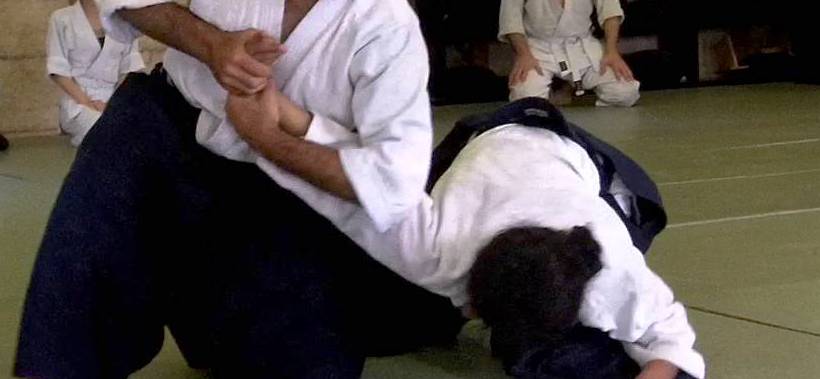During a recent training in our Dojo, our Sensei led us through a pretty intense “welcoming the danger” experience.
We were asked to gradually get accustomed to knife attacks. At first, receiving clear, slow strikes while standing without moving our feet.
Then, both the attacker and the receiver could freely move their bodies, always keeping clear the trajectory of the attack.
In the next step, the receiver was allowed to interact with the attacker, by grabbing him, diverting the attacks and elude the strikes.
During all these steps of the process, sometimes the attackers were free to shoot their strikes “outside the boundary” of the target.
In that way, the receiver could notice its state of mind.
If his system was occupied and worried about what could happen, the body would have been moved by a sort of “parasite warning”, actually useless and resource wasting.
Finally there came the crucial question.
If usually we are worried about something we can avoid or that actually doesn’t pull us in a danger zone (that was the purpose of avoiding strikes and testing receivers’ state of mind), what can be done when we do are in that spot where we are really in danger?
The Aikidoka on the mat weren’t able to give a prompt answer. As it often happens, the best answer was given by the very last -in order of enrollment- kohai as she stated that we have to move towards the danger.
By integrating the attack, opportunities pop up by the dozen.
This is the reason why the study of disarming from a weapon, buki dori, is so important.
As we study rokkyo, which is the sixth and last principle in the Morihiro Saito Sensei’s didactic methology -and therefore is something slightly different from hiji kime osae as other styles refer to rokkyo- we step in the world of disarming techniques.
In effect, the very first form that is taught is tsuki dai rokkyo tanken dori, assuming that a direct strike (like a punch) is received in a way that, at the end, attacker’s wrist and arm are in such a leverage, strengthened by a pressure on the elbow, that the attacker is “gently” forced to release the grip on the knife.
But, while it is interesting and, in pure theory, useful to master disarming skills, for sure most of Aikidoka won’t face a knife attack during all their life.
Rather we all, being Aikidoka or not, will experience continuous attacks from life and its marvelous army. And the more we will passive, the more that army will conquer parts of our existence.
When practicing with the support of wooden weapons that don’t cut nor sting, actually we become more and more capable to identify where is the danger.
Despite its evidence, it takes a while to understand that the danger is often just there: a microspot in the vastity of the universe. What is a sharpened blade in the space?
Yet we slowly become slaves of our fears, self blocking our systems.
And we loose the capability to go where the risk is mitigated so much that we can reverse the polarity of the situation, taking the danger’s center and making a new story happen.
Summing up, while rokkyo is a part of a technical journey around the human being anatomy so that the control through the joints’ locks can be achieved, on a higher level, it is simultaneously a doorway, like gokyo was, for the hardest training of all: defeating our own fears.

